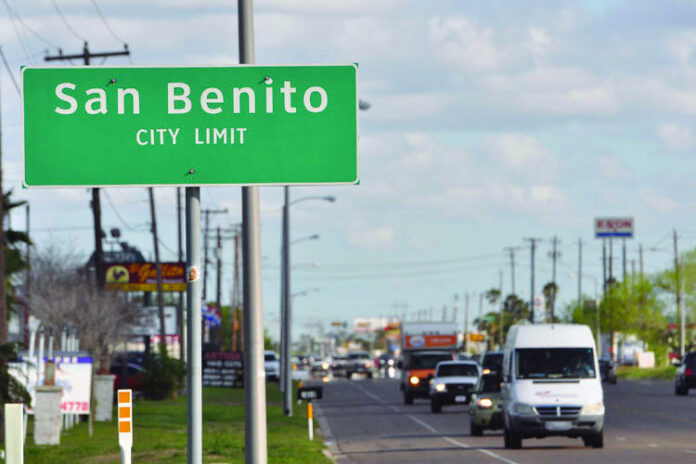SAN BENITO — Ornate street lights will decorate the grounds of the new guitar-shaped museum at San Benito Plaza.
City commissioners this week approved the expenditure of $53,879 for the purchase of 15 ornamental street lights to line the perimeter of the plaza along Heywood and Stenger streets.
The street lights topped with stylish glass globes will stand along the site of the San Benito History and Culture Museum, including the area of the Narciso Martinez Cultural Arts Center and the Community Building, City Manager Manuel De La Rosa said yesterday.
“That’s part of making it attractive,” Mayor Celeste Sanchez said yesterday.
De La Rosa said the street lights will be arranged to encompass the grounds.
“A total of 15 decorative lights will be placed along the perimeter of the plaza in a symmetrical pattern to complement the museum as well as the other two facilities that are there,” De La Rosa said in a press release.
De La Rosa said the street lights are similar to those decorating Weslaco’s downtown area.
“They are not overly elaborate but are attractive and eye-catching,” city spokeswoman Martha McClain said.
Sanchez said a landscaping project will follow.
This week, Weslaco-based Jones Construction launched the project to build the 6,932-square-foot building off Heywood Street on 2.18 acres at San Benito Plaza.
To fund the project, the city will use a $1 million EDA grant and about $700,000 set aside from its general fund, De La Rosa said.
The building will allow the Freddy Fender Museum, the Texas Conjunto Hall of Fame and Museum and the San Benito History Museum to expand their exhibits.
Since 2008, the three museums have shared a 1,000-square-foot area in the city’s Community Center.
The city is counting on the décor to help make the museum a tourist draw, Sanchez said.
“We want to enhance the plaza to make it a destination and an economic engine for the area,” Sanchez said.
Sanchez said the museum will teach tourists and residents about the city’s rich past.
“We want to archive our history, culture, music, literature and artists so that our citizens and children can see, read and appreciate and feel good about who we are,” Sanchez said.




